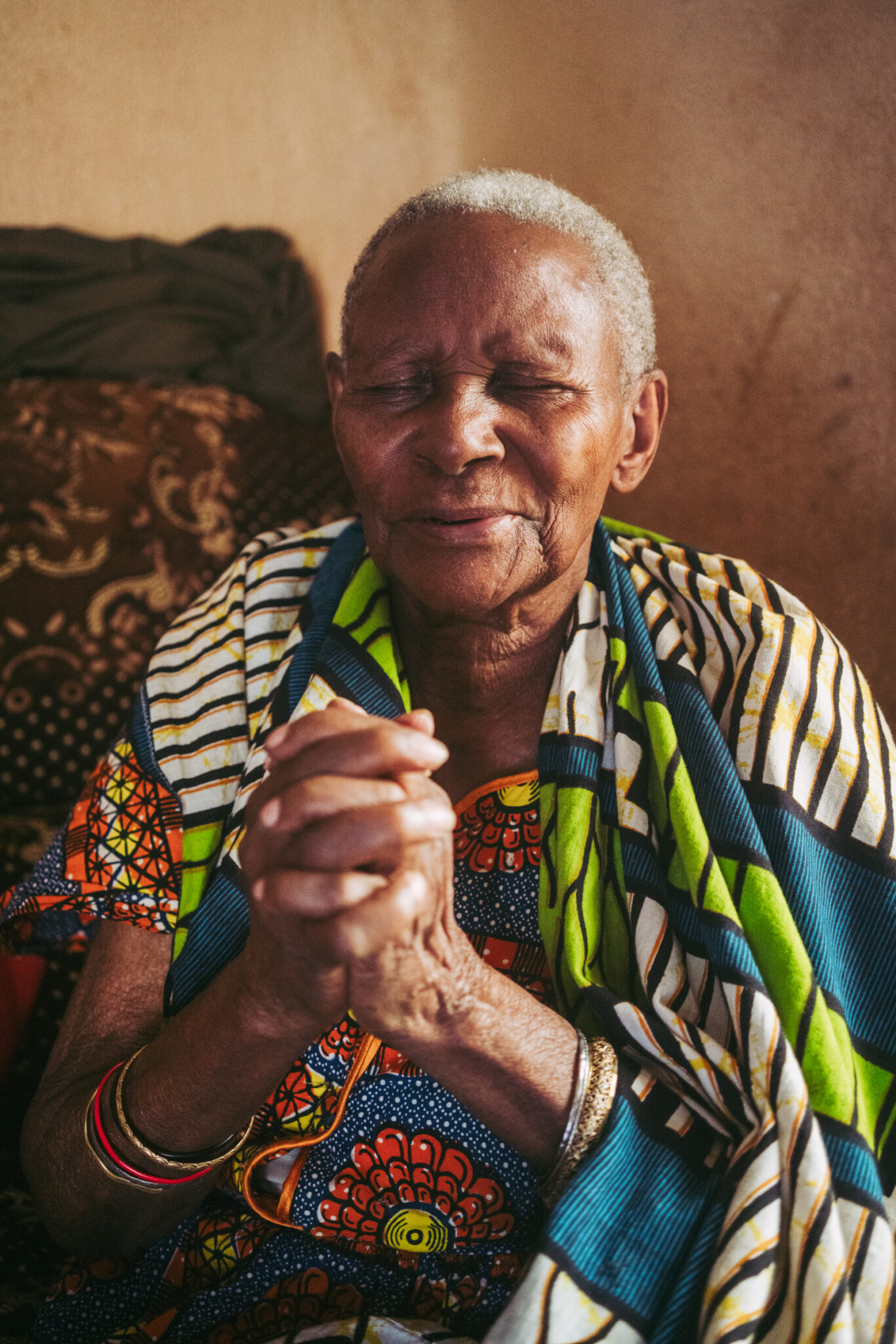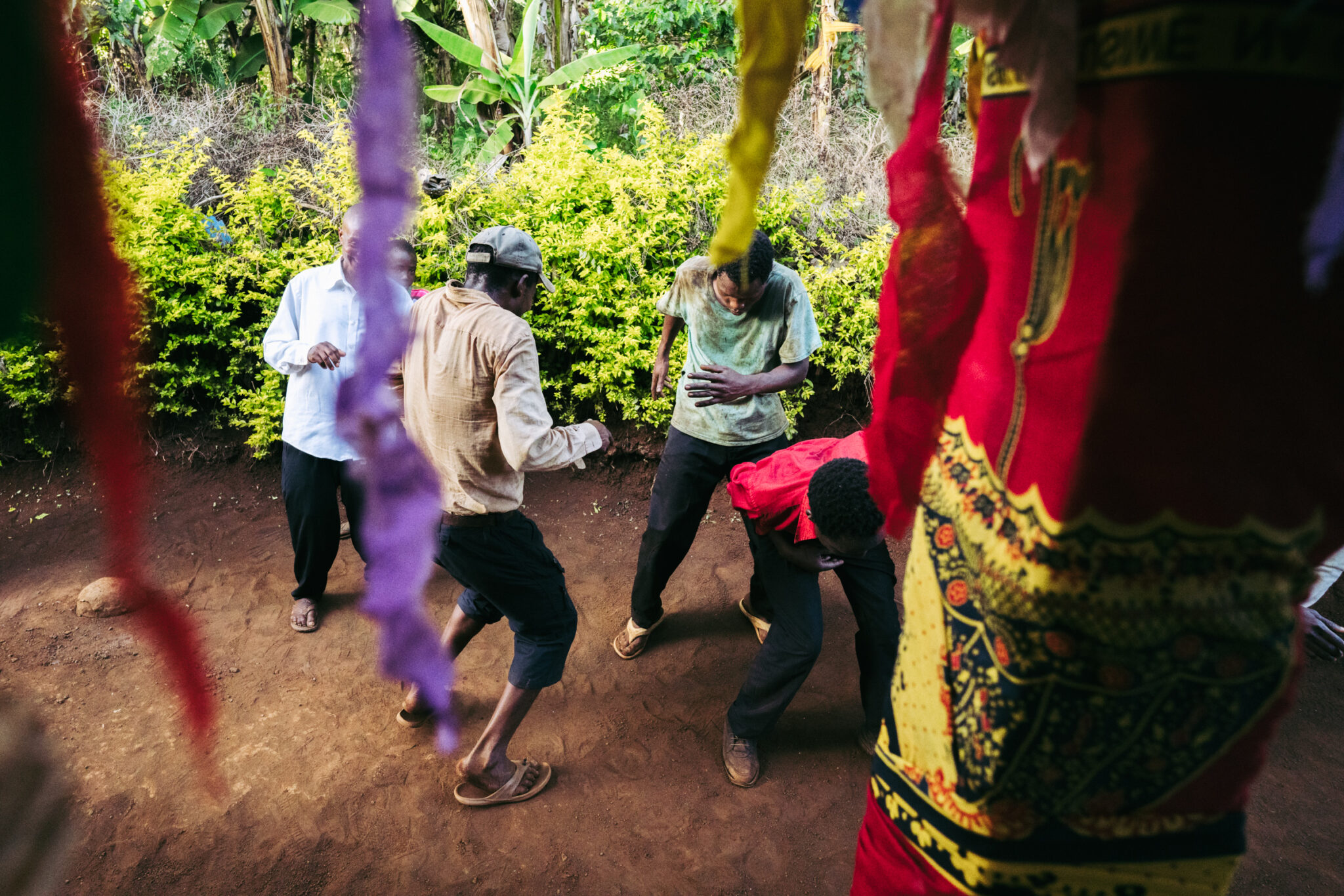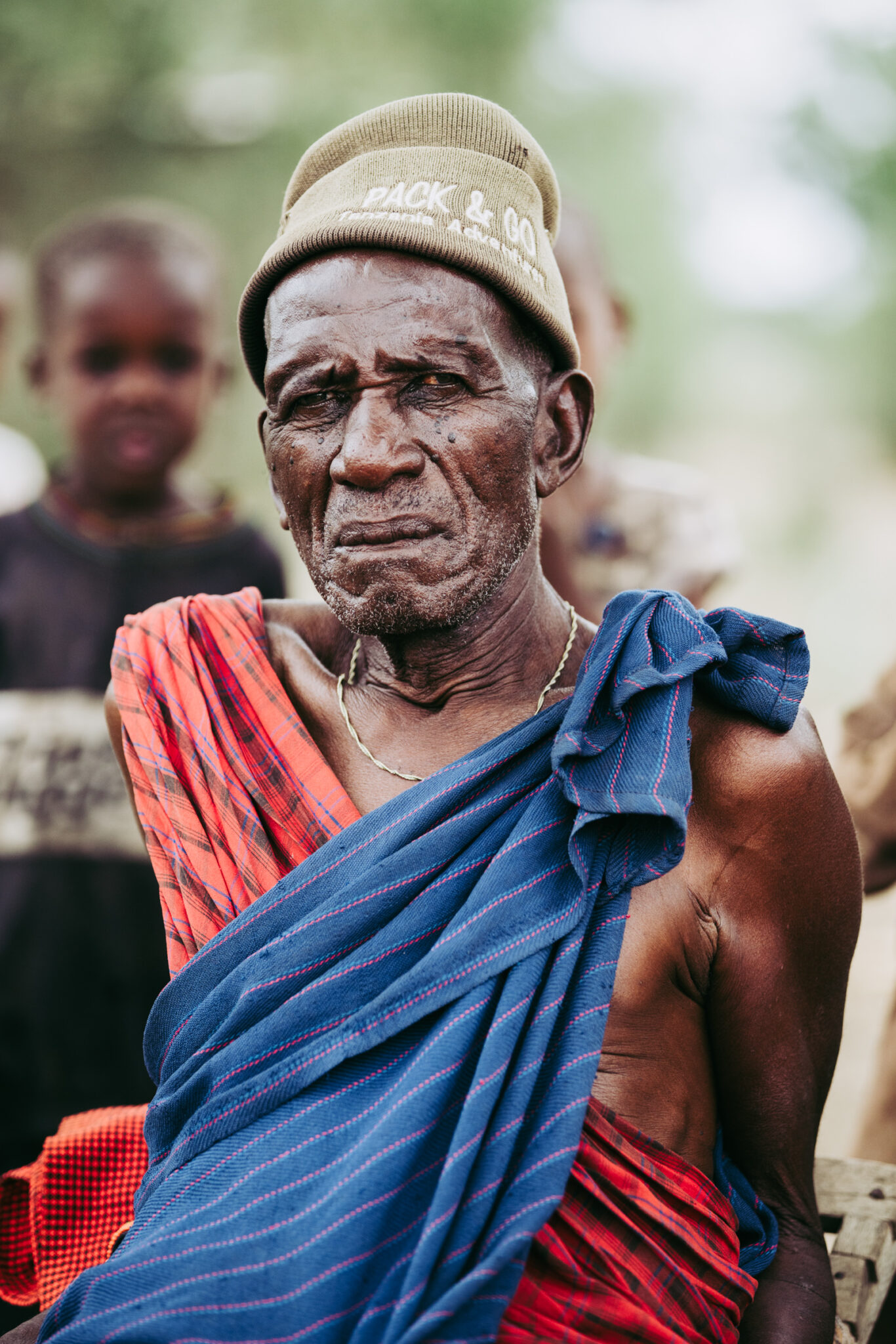7 december 2018 (draft)
Mount Kilimanjaro
The major water supply for Tanzania and East Africa is losing its snowcap because of global climate change and local human activities. This is starting to produce devastating impacts on the environment of the region, thus threatening the lifestyle of local tribes.
By Angelo Chiacchio
By Angelo Chiacchio
Art Works for Change
Mount Kilimanjaro
From its peak is easy to see why Mount Kilimanjaro is the main source of water for the huge 40km2 wide area of the Pangani river basin and why most of the hydropower plants in the nation depend on this water stream.
A place of incredible biodiversity, Mount Kilimanjaro is also an important source of food, fuel and building material for the people of the region. That’s why it was classified as a reserve, a National Park (1973) and finally a UNESCO World Heritage Site (1989) But today, despite all that, this natural treasure is threatened by the global climate change and local human activities. Weather is getting dryer and hotter in the summer, colder in the winter. Rainfall level on the mountain is decreasing and so does the amount of water flowing down the mountain.
Layout: Standard 360° image with auto camera movement (Es. page 3 here)
Layout: Standard 360° image with auto camera movement (Es. page 3 here)
Moshi town
Moshi is a municipality and the capital of the Kilimanjaro region, situated at the mountain's base. The city is the center of government activities, trade, finance and is the starting point for all tourism activities in the area.
Water is really important for the regional economy. The surrounding areas in Moshi district are known for extensive farms of maize and beans, grown once per year during the long rainy season and 20 kilometers south of Moshi there is a very large sugar cane plantation and factory.
Moshi it’s already not unusual to witness water shortage during the dry season and the more you go further into the lowlands the worse it gets.
Layout: Standard 360° image with auto camera movement (Es. page 3 here)
Moshi it’s already not unusual to witness water shortage during the dry season and the more you go further into the lowlands the worse it gets.
Layout: Standard 360° image with auto camera movement (Es. page 3 here)
Woman selling local fruits in downtown Moshi
Shimbwe village
Going further up on the slopes we find Shimbwe, a village that sits on a Southern slope of Mount Kilimanjaro, right at the border with the National park. It is home to the Chagga, a tribe that has been living here for thousands of years, taking advantage of the favorable microclimate of this area. However as human activity intensifies and the forest is swept away, as the snow disappears and water gets scarce, the situation is not as peaceful as it once was.
Aerial view of Shimbwe fields
(to be displayed like this)
(to be displayed like this)
Aerial view of a average house in Shimbwe
(to be displayed like this)
(to be displayed like this)
Daily life in shimbwe
In a house that looks like it naturally grew between plants and trees lives a family of three generations of women. Mama Clara, her own mother and her young niece Vanessa. Vanessa’s mother is away, working in the city to provide for her family.
The Chagga tribe
Kilimanjaro has an important cultural and spiritual significance to the Chagga tribe. They are profoundly attached to this land. They know they survival depends on its preservation, so their culture is really respectful toward that. However, since the park was created the Chagga lost control over their land. Today they can enter a half-mile strip of the forest reserve where they are allowed to collect fallen branched to be used as firewood but they are forbidden to cut trees. However, despite strict regulations, hard bans and violent measures adopted by the National park, poverty is pushing some people to cut trees illegally.
A small street in Shimbwe
Girls walking on Shimbwe main street
Moto-taxi waiting at Shimbwe bus station
Girl waiting at Shimbwe bus station.
Fashion
African fabrics have bright colours, idiosyncratic designs and patterns that are hand-made which give us a sense of a rich cultural meaning. But is there more to know about African fabrics and why it is significant?
Traditionally, African cloths were worn for special occasions such as family reunions, weddings, and events. These fabrics would not be worn for any particular significance or importance. African fabric forms part of a cultural identity and an emblem of cultural heritage. Actually, in Africa, there are a variety of fabrics from different groups of people.

Mama Valeria (99 years old)
Shimbwe, February 2019
Layout: simple image on light grey background (Ex. see Plate 22 here)
Shimbwe, February 2019
Layout: simple image on light grey background (Ex. see Plate 22 here)

Local old man wearing a shuka cotton plaid fabric

Mama Tropia (79) in her daily clothes.

Men dancing at a marriage party
Chagga song
Marriage parties are a moement where different generations come together to celebrate life. In this audio recording, two elders women sing with a group younger men.
The water problem
Because of their favourable position, Chaggas have been getting first hand the pure water coming down the mountain, to use it for daily life and for cultivating parcels of land. Access to water in the village has traditionally been managed by canal committees in order to organize irrigation among users. But this became a difficult task as the population increases and water becomes scarce.
Layout: Simple page text+photo with embed data visualization (Sankey diagram about water usage in the region to be produced) or image linking to it.
Layout: Simple page text+photo with embed data visualization (Sankey diagram about water usage in the region to be produced) or image linking to it.
Local institutions organize a local expedition in the park to assess the condition of water sources
(to be displayed like this)
(to be displayed like this)
Kilimanjaro in the last 35 years
Since it was first measured in 1912 (Klute, 1920), the snowcap had lost 82% of its volume by 2000 (Thompson et al., 2002) and it continued to do so ever since. According to recent scientific studies, the cap on Africa’s highest mountain may disappear by 2033.
Down the valley
If in Shimbwe the water problem is not yet so explicit and urgent, the situation is different as you move down the valley. In Maji Moto, a village further South-West from Moshi, the difference in the landscape is striking. The land is way dryer and vegetation is very scarce when compared to the green sheet covering the slopes.
One of the main historical activity in the Arusha region is farming
Kids playing in Maji Moto
Flower cultivation is another popular activity in the region.
Water in Maji Moto
The only water source of the village is situated 70m underground and the water that used to be distributed from nearby sources is not enough anymore to get to the village. Local water demands are more and more difficult to meet and water levels in storage reservoirs are getting lower. Local can do nothing else but wait for the rainy season in order to water their fields.
Young girl transporting water to her house
Layout: Vertical scrolling vertical image (Ex. Page 20 here)
Layout: Vertical scrolling vertical image (Ex. Page 20 here)
Maasai culture
The village was founded by Maasai tribes that settler here years ago. Their traditional lifestyle centers around the cattle which constitute their primary source of food, but this is becoming rarer to find in this side of the mountain. Due to outside influences, an increase in population, loss of cattle populations to disease, the Maasai were forced to start to cultivate maize and other crops in order to survive.
Outside influence can be already perceived in fashion: even older members of the tribe merged their traditional cotton robe - that already replaced animal skin dresses - with modern polyester piles and hats.
Outside influence can be already perceived in fashion: even older members of the tribe merged their traditional cotton robe - that already replaced animal skin dresses - with modern polyester piles and hats.

Old Maasai man in traditional Shuka clothing.

Old Maasai woman in Maiji Moto.
Housing
Outside influence is visible even in housing. In Maji Moto the iconic circular Inkajijik houses made from sticks and animal dung are already outnumbered by modern edgy houses that conveniently use industrial metal sheets as their roof. While this is unfortunate for cultural heritage, it is good for the environment as wood is becoming scarce in the area.
Layout: Image opens 3D model navigator (Ex. here)
Layout: Image opens 3D model navigator (Ex. here)
Seeding the future
Local institutions are working to form a stronger civic sense in the population. Environmental campaigns have been launched in the last decade to push people to plant more trees than they cut. Educating and forming new generations plays also an important role in this. Both Shimbwe and Maiji Moto have primary schools where students learn as much about math as they do about agriculture and the environment. This gives hope for the future of this fascinating region.
Credits
Nullam id dolor id nibh
ultricies vehicula ut id elit.
Cum sociis natoque penatibus
et magnis dis parturient montes, nascetur ridiculus mus.
Morbi leo risus, porta ac consectetur ac, vestibulum at eros. Donec ullamcorper nulla non metus auctor fringilla. Cum sociis natoque penatibus et magnis dis parturient montes, nascetur ridiculus mus. Nullam quis risus eget urna mollis ornare vel eu leo. Etiam porta sem malesuada magna mollis euismod. Maecenas sed diam eget risus varius blandit sit amet non magna.
ultricies vehicula ut id elit.
Cum sociis natoque penatibus
et magnis dis parturient montes, nascetur ridiculus mus.
Morbi leo risus, porta ac consectetur ac, vestibulum at eros. Donec ullamcorper nulla non metus auctor fringilla. Cum sociis natoque penatibus et magnis dis parturient montes, nascetur ridiculus mus. Nullam quis risus eget urna mollis ornare vel eu leo. Etiam porta sem malesuada magna mollis euismod. Maecenas sed diam eget risus varius blandit sit amet non magna.